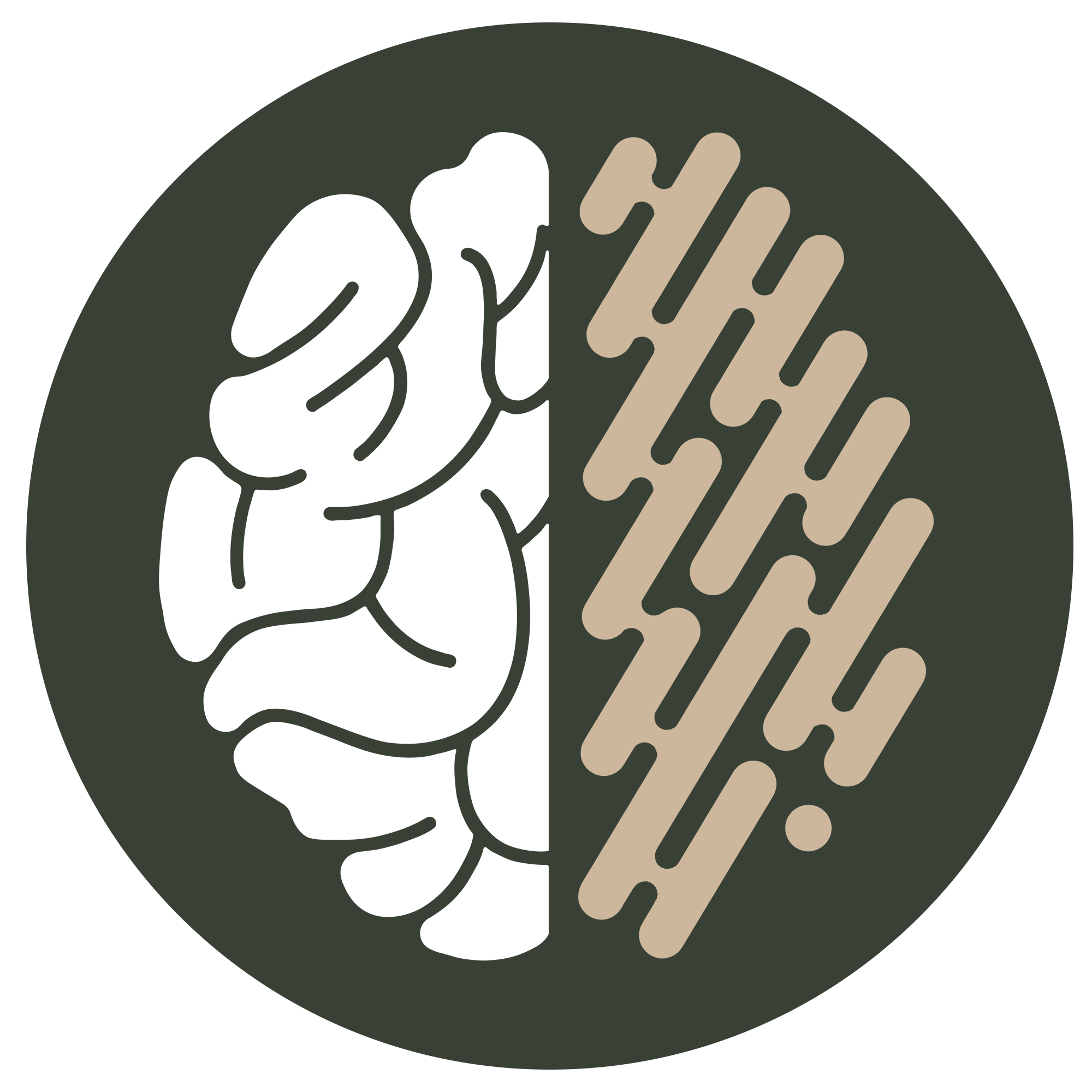Sensory Sensitivity and Neurodivergence | Impact on Life and the Importance of Accommodations
Sensory sensitivity, characterised by an increased response to environmental stimuli, is a common trait among neurodivergent individuals. This heightened sensitivity can profoundly impact both personal and professional aspects of life, making it essential to understand and accommodate these needs. In this blog we explore the connection between neurodiversity and sensory sensitivity.
The Personal Impact of Sensory Sensitivity
In everyday life, individuals with sensory sensitivity may find themselves overwhelmed by common stimuli. Such as:

Loud Noises

Textures

Strong Smells

Bright Lights
These can all trigger discomfort or even pain, leading to avoidance behaviours.
For example, a person might avoid social gatherings due to the overwhelming noise, or they might struggle with clothing choices because of discomfort with certain fabrics. Over time, these challenges can affect mental health, leading to increased anxiety, stress, and social isolation.
Professional Challenges and the Need for Accommodations
In the workplace, sensory sensitivities can present significant barriers. Environments with harsh lighting, constant background noise, or strong odours can be particularly challenging. Such conditions can lead to:

Decreased Productivity

Heightened Stress Levels

Physical Symptoms like Headaches or Fatigue
A study from Portland State University highlights that sensory sensitivity can interfere with job performance, leading to increased stress and even the need to take extended leave or seek alternative employment.
Similarly, a 2018 study emphasises the impact of sensory processing issues on work performance and overall well-being. The study found that individuals with heightened sensory sensitivities often experience challenges in traditional work environments, which are typically designed with neurotypical individuals in mind. This can lead to a mismatch between the individual’s needs and the environmental demands, exacerbating stress and reducing job satisfaction.
Why Accommodations Matter
Accommodating sensory sensitivities is not just a matter of comfort; it’s crucial for fostering an inclusive environment where neurodivergent individuals can thrive. Simple adjustments, such as:
- Providing noise-cancelling headphones
- Offering flexible lighting options
- Allowing breaks in quiet spaces
These can all make a significant difference. These accommodations not only enhance the well-being of neurodivergent employees but also improve their productivity and job satisfaction.
The 2018 study further underscores that recognising and accommodating sensory sensitivities is key to promoting neurodiversity in the workplace. By creating environments that cater to the needs of all employees, organisations can harness the unique strengths and perspectives that neurodivergent individuals bring to the table, ultimately benefiting the entire workforce .
Conclusion
Understanding and addressing sensory sensitivities is essential for promoting neurodiversity and ensuring that all individuals can participate fully and comfortably in both personal and professional settings. By making these environments more inclusive, we not only support the well-being of neurodivergent individuals but also unlock their full potential, enriching our communities and workplaces.
However, it’s important to remember that not all neurodivergent individuals experience sensory sensitivity. Neurodiversity encompasses a wide range of experiences, and each person is unique. There is no one-size-fits-all approach; accommodations should be tailored to meet the specific needs of each individual. By recognising and respecting these differences, we can create environments that truly support and celebrate the diversity of all minds.
Resources
OhioLINK. (2018). Sensory processing difficulties: Their impact on neurodivergent individuals in the workplace. Retrieved from https://etd.ohiolink.edu/acprod/odb_etd/ws/send_file/send?accession=ucin1525170488990925&disposition=inline
Portland State University McNair Scholars Program. (2018). Understanding sensory sensitivity in neurodivergent individuals. Retrieved from https://pdxscholar.library.pdx.edu/cgi/viewcontent.cgi?article=1212&context=mcnair






